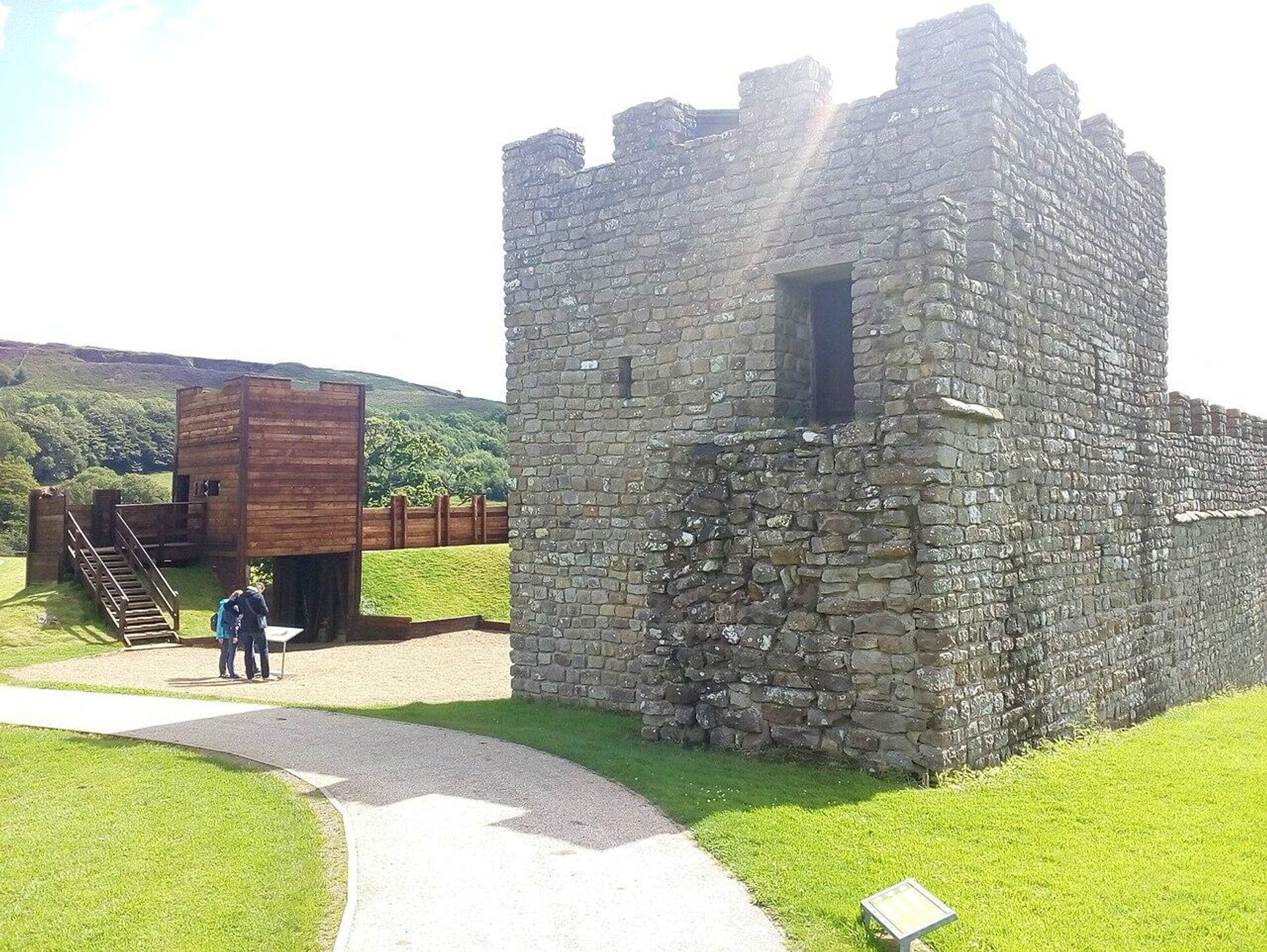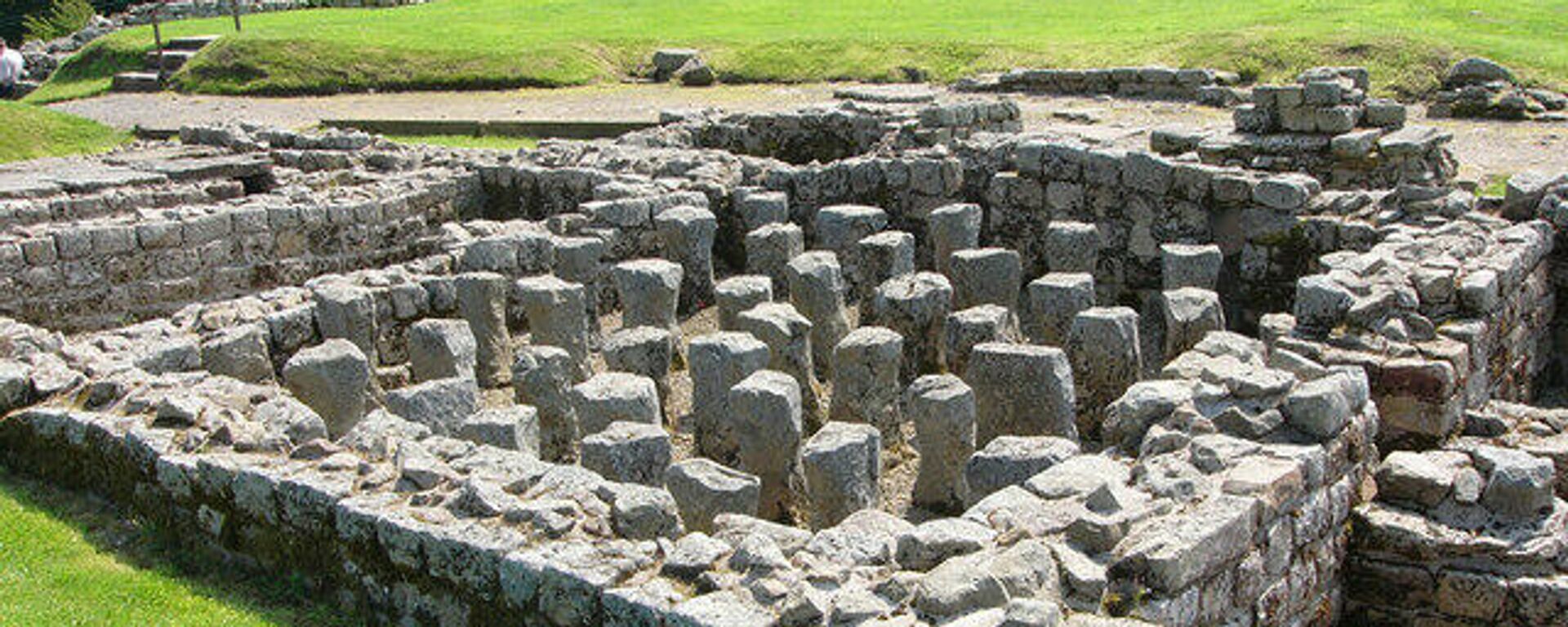Carved Phallus, Graffiti Abusing Roman Soldier 'Secundinus, the S***ter' Found on Hadrian's Wall
11:07 GMT 26.05.2022 (Updated: 15:19 GMT 28.05.2023)

© Photo : Vindolanda Charitable Trust
Subscribe
Archeologists were thrilled to come across the ancient graffiti of Vindolanda, a Roman fort south of Hadrian's Wall in Northumberland, England, which previously served up such finds as the world's oldest boxing gloves and a 2,000-year-old wooden Roman toilet seat, perfectly preserved.
Cheeky stone inscriptions dating back thousands of years always delight archaeologists, and the recent discovery at Hadrian's Wall in Northumberland - a former defensive fortification of the Roman province of Britannia - was no exception.
Researchers working at the 1,700-year-old site have come across a large carved phallus, measuring 15.7 by 6 inches (39.8 by 15.24cm), and graffiti apparently aimed at a Roman soldier called Secundinus.
The words SECVNDINVS CACOR translate to “Secundinus, the s***ter,” according to the researchers.
“It comes from a secure context below a 4th-century cavalry barracks, discarded into a long trench filled with rubble,” a spokesman was cited by the Daily Mail as saying.
According to Dr Andrew Birley, Director of Excavations and chief executive of the Vindolanda Trust, the author of the scribbled words “clearly had a big problem with Secundinus and was confident enough to announce his thoughts publicly on a stone”.
He added:
“I have no doubt that Secundinus would have been less than amused to see this when he was wandering around the site more than 1,700 years ago.”
Dylan Herbert, a retired biochemist from South Wales, who was volunteering with the Vindolanda Trust, can be credited with the discovery.
“I'd been removing a lot of rubble all week and to be honest this stone had been getting in my way, I was glad when I was told I could take it out of the trench. It looked from the back like all the others, a very ordinary stone, but when I turned it over, I was startled to see some clear letters. Only after we removed the mud did I realise the full extent of what I'd uncovered, and I was absolutely delighted,” Herbert was quoted as saying.
This isn't the first time inscriptions have been found at Vindolanda, a picturesque fort and settlement that is part of the Hadrian's Wall World Heritage Site.
Previous finds by archaeologists include the oldest handwritten letter by a woman named Claudia Severa, wife of the commanding officer of a nearby fort, penned 1,900 years ago.
A c. 2,000 year old Roman wooden toilet seat. An unexpected and very rare discovery during excavations in 2014 at Vindolanda Roman fort in Northumberland. It was remarkably well preserved due to the waterlogged soil conditions. #RomanFortThursday#Archaeology pic.twitter.com/jYbauWiXEH
— Alison Fisk (@AlisonFisk) August 26, 2021
Excavations near the modern village of Bardon Mill, Northumberland, also uncovered the world's oldest boxing gloves that have retained the imprint of the boxer's knuckles, and a 2,000-year-old wooden Roman lavatory seat.





